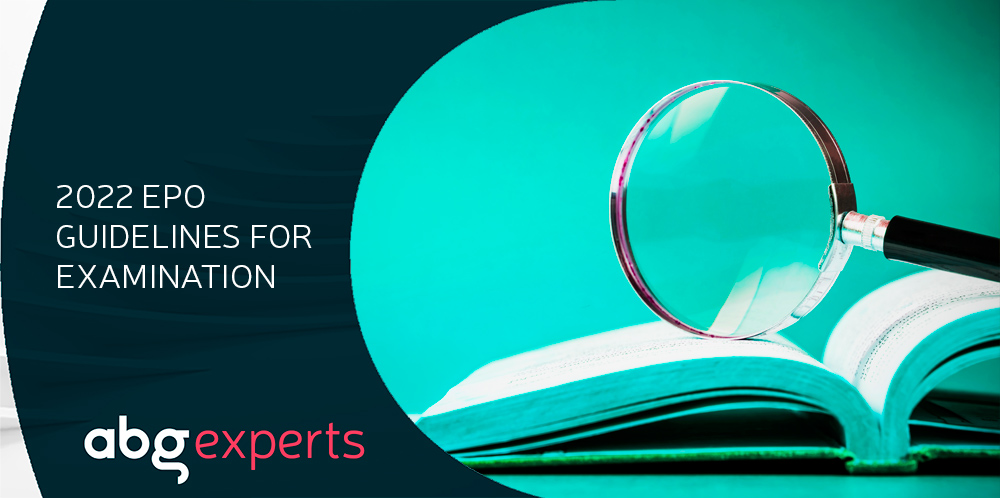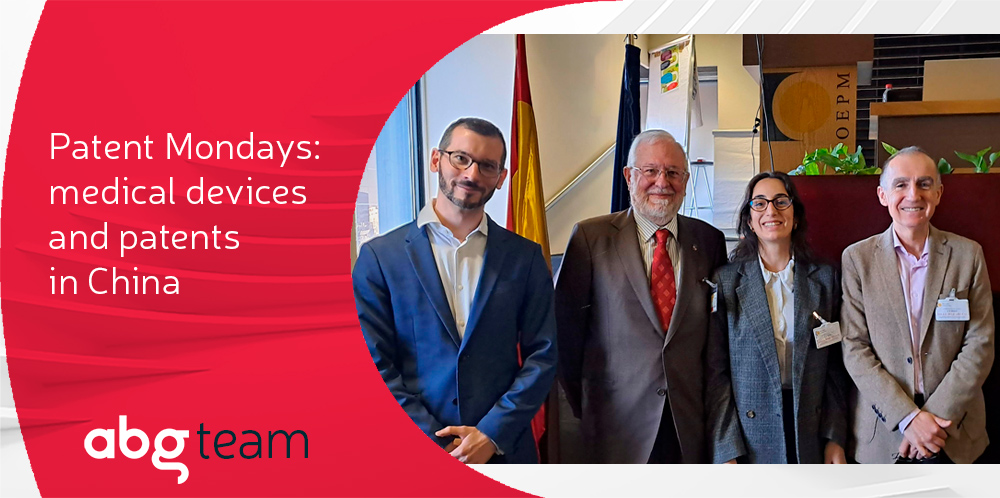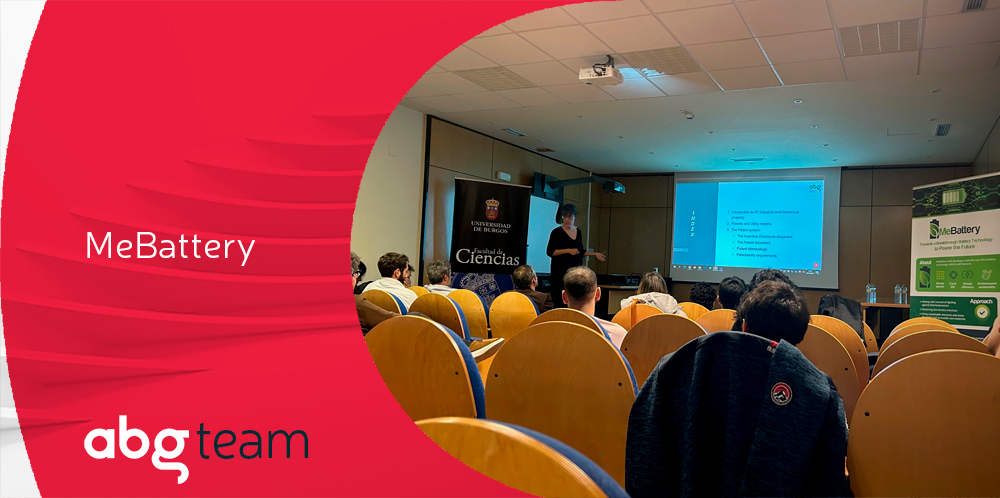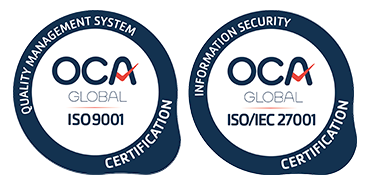The new Guidelines for Examination in the EPO entered into force on 1 March 2022. The Guidelines for Examination set out the practice and procedure to be followed in the various aspects of the prosecution of European patent applications. These guidelines are generally updated every year to improve and adapt to changes in the Regulations of the European Patent Convention (EPC), case law and the practice of the EPO.
Some amendments have been made to the previous version, dated 1 March 2021. Those that we believe are the most relevant are discussed below.
Adaptation of the description to the claims
The section related to the adaptation of the description to the claims (F-IV, 4.3) has been reworded.
To fulfil the requirements of Article 84 EPC and for a patent application to be granted, the claims must be supported by the description. In this regard, the practice of the EPO has become increasingly strict and requires that all embodiments or aspects of the invention which are no longer covered by the claims be removed from the description, or that it be explicitly stated that such subject-matter does not form part of the claimed invention.
In a recent decision by the EPO’s Boards of Appeal, T 1989/18 on 16 December 2021, it was determined that removing these embodiments from the description or explicitly stating that they do not form part of the claimed invention was not required.
Nevertheless, in the current version of the Guidelines for Examination, the section related to the adaptation of the description to the claims is reworded to include a more detailed explanation, although the criteria followed by the EPO up until now do not seem to have been softened.
Partial priority right
An explanation is provided on how to determine whether a claim is entitled to a partial priority right according to decision G 1/15 by the EPO’s Boards of Appeal (F-VI, 1.5). To do so, two steps have been defined:
-
- The first step would be to determine the subject-matter of the priority application that is relevant (with respect to the prior art disclosed during the priority period).
- The second step would be to determine whether this subject-matter is covered by the claim of the patent application or patent claiming the priority. If the answer is yes, this would be a situation of partial priority.
Computer-implemented inventions
In the area of computer-implemented inventions, the new Guidelines for Examination include an explanation on how to assess whether the claimed subject-matter is an invention pursuant to Article 52(1) EPC (G-II, 2) by applying the two-hurdle approach as established in the decision by the EPO’s Boards of Appeal G 1/19:
-
- In the first step, it is determined whether the claimed subject-matter as a whole is not an invention pursuant to Articles 52(2) and 52(3) EPC, i.e., discoveries, scientific theories, mathematical methods, aesthetic creations, schemes, rules and methods for performing mental acts, playing games or doing business, programs for computers and presentations of information.
- The second step takes place when inventive step is assessed, taking into account that the claims may have a mix of technical and non-technical features (which by themselves would not be an invention pursuant to Article 52(2) EPC). In these cases, inventive step will be assessed by following the COMVIK approach (G-VII, 5.4), the procedure and application examples of which have also been included in this new edition of the Guidelines for Examination.
Exception to patentability in processes for modifying the genetic identity of animals
In the area of biotechnological inventions, the new Guidelines for Examination include an additional explanation on how exception to patentability is assessed pursuant to Rule 28(1)(d) EPC relating to processes for modifying the genetic identity of animals. The criterion that it includes is the balance between the likelihood of causing animal suffering and the likelihood of producing a substantial medical benefit. Both likelihoods must be based on evidence (G-II, 5.3).
Patentability of antibodies
Also in the area of biotechnological inventions, the new Guidelines for Examination clarify how the patentability of antibodies is assessed (G-II, 5.6). In particular, they explain that an antibody does not necessarily have to be defined by its six CDRs (complementarity-determining region) to fulfil the clarity requirement, but rather the number of CDRs necessary for its binding to the antigen must be defined.
Double patenting
The new Guidelines for Examination refer to the recent decision G 4/19 by the EPO’s Boards of Appeal on the prohibition on double patenting (G-IV, 5.4), which we have already discussed in this article on our blog.
Inventors’ address and notification
As for the designation of the inventor(s), when a patent application is filed, providing a full address in no longer required and just the country and the municipality or city, preferably including the postal code, is sufficient (A-III, 5.3). The EPO will no longer notify the inventor(s) of the patent application filing.
Submission of opposition documents
In opposition procedures, the EPO will no longer send a copy of the documents provided by the parties (opponent(s) and holder) to support their arguments when said documents are available in the Register (D-IV, 5.2).
More information
For further details about all the amendments made to this new version of the Guidelines for Examination, the EPO also offers a text in which all of the changes made are highlighted.










